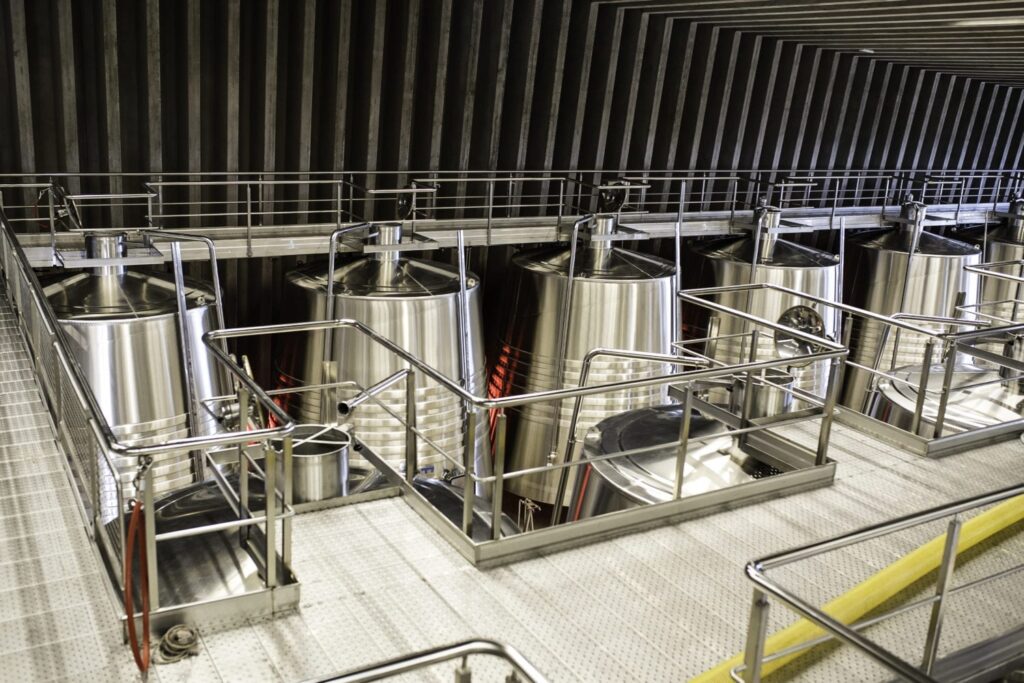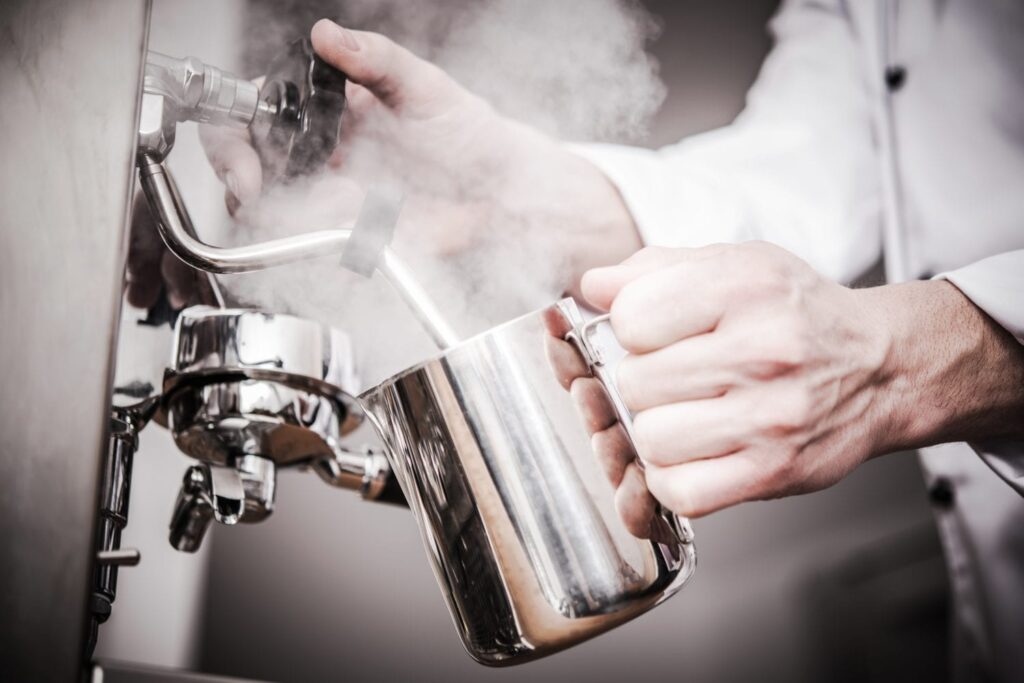
420 Stainless Steel Features
Ameralloy offers 420 Stainless Steel, a dependable metal. If you’re looking for corrosion resistance but don’t want to deal with the difficulty of working with martensitic stainless steel 420, you may wish to use 416. Whether it has been annealed or hardened, it retains its magnetic characteristics. Alloy 420 has higher carbon content than Alloy 410 in strength and hardness. It is very ductile when it is annealed, but it may be hardened to a Rockwell hardness of 50 HRC, the highest possible for chromium grades containing 12 percent of its composition.
Characteristics of 420 Stainless Steel Heat Treatment
After heating stainless steel grade 420 to between 840 and 900 degrees Celsius, furnace cooling to 600 degrees Celsius, and finally air cooling, the metal can be annealed to get the desired properties.

A temperature range of 735 to 785 degrees Celsius is permissible for annealing Grade 420 before it is allowed to cool in the atmosphere.
Oil quenching is a common way of quenching significant metal components. Heating and quenching grade 420 between 980 and 1035 degrees Celsius is the process used to harden them. Tempering is done at temperatures between 150 and 370 degrees Celsius to achieve high hardness and outstanding mechanical properties. Temperatures between 425 and 600 degrees Celsius are not recommended for tempering Grade 420. Even in settings and chemicals that cause corrosion (such as the air and freshwater), the Type 420 is impervious to damage. Its corrosion resistance is on par with Type 410 in these conditions. A completely hardened or stress relived 420 can only attain its maximum corrosion resistance capability when fully hardened or stress relieved.
Machinability
On the B scale, machinability receives a 30% grade. However, the technique uses high-carbon, high-chromium tool steels, and machining 420 results in a stiff stringy chip buildup.
Stainless steel 420 is seldom used for welding because of the way it hardens when exposed to air. Afterward, two hours of post-weld tempering may be done at 300–400 degrees Fahrenheit, after which welding can proceed.
It’s best to start around 1400 degrees Fahrenheit and work your way up to 2000 or 2200 degrees.
Reheating is necessary to maintain a temperature of more than 1600 degrees Fahrenheit. To avoid cracking furnace must be allowed to cool down gradually after use. Radical forming processes always result in cracking. Light, cold working is the only thing 420 can be made.
Not sure what you are looking for? Contact Ameralloy Steel an ISO 9001 certified supplier that specializes in finding hard-to-find Stainless and Alloys. Along with our proprietary grades Amera-Braze, Durelloy, and Dura-Krome. Our knowledgeable sales team will help you find what you are looking for. With many shapes, sizes, and material grades available, we can help you find what you are looking for. The most common items stocked are Tube, Pipe, Sheet, Plate, Hex bar, Square bar, Round bar, Threaded bar, Pump Shaft, and Millimeter sizes. We offer added fabrication services. Contact us now for the current price and delivery.
